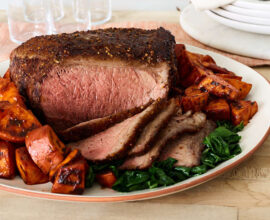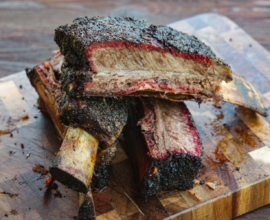Indirect Smoking
Indirect smoking uses lower temperatures and a heat source offset, rather than directly underneath, the beef.
Basically, hot air and smoke slow-cook the meat, penetrating it over time for that oh-so-tasty flavor. Ideal for brisket—because in Texas, if you’re not smokin’ brisket, you’re not really living.
-
A Step by Step Guide to Indirect Smoking Beef
-
Fear not the smoker—we’ve got your back. Check out this video for a quick tutorial on how to smoke your brisket like a Texas pit master.
-
Step: 01: Oil up your grate
Lightly coat grate with vegetable oil or vegetable oil spray. Close cooking chamber lids. -
Step: 02: Prepare your firebox
Place 3-5 lbs. of charcoal in center of the firebox. -
Step: 03: Light charcoal & let it burn
Open the firebox air vent approximately 1-2", and smokestack damper halfway. With firebox lid open, stand back, carefully light charcoal and allow to burn until covered with a light ash (approx. 20 mins). -
Step: 04: Add your wood chunks
Once coals have ashed over, add wood chunks. Do not shut firebox lid until the smoke is Clean Smoke, often called Blue Smoke by Texas pit masters. -
Step: 05: Adjust cooking temperature
Close firebox lid. Adjust the firebox air vent and smokestack damper to regulate cooking temperature. The ideal smoking temperature is between 200°F-250°F. -
Step: 06: Next, add your brisket
Place well-seasoned brisket on cooking grate, fat side up, in the cooking chamber. -
Step: 07: Monitor cooking & brisket temperature
Maintain a consistent cooking temperature by adding wood chunks as needed. Monitor the internal temperature of the brisket throughout the cooking process. The ideal finished internal temperature is 195°F-205°F. -
Step: 08: Allow the brisket to rest
Remove brisket from smoker and allow to rest. (min. of 30 mins) -
Step: 09: Shut down your smoker completely
Suffocate the flame and cool your smoker down by fully closing the air vent, damper and lids.
Tips
Always start the smoking process with clean grates. Charcoal lighter fluid must completely burn off prior to closing firebox lid. Charcoal lighting fluid must completely burn off prior to closing firebox lid. Do not fully close air vent, damper and lids or flame will suffocate. Put the point of the brisket (thickest side) on the firebox side to help with even cooking. Consider a heat-proof meat thermometer to monitor the internal temperature without opening the cooking chamber lid. Allow approximately one hour cooking time per pound of brisket. Limit opening the cooking chamber lid as it releases heat and extends cooking time. Wrap brisket in peach paper/butcher paper while resting to maintain juiciness. -
-
Cooking Time Guide
-
All cook times are based on beef removed directly from the refrigerator.
-
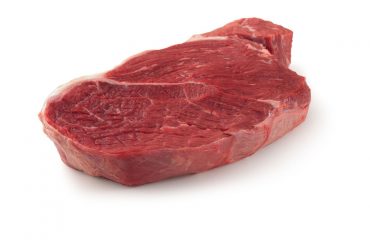
Shoulder Roast
Thickness/Weight
1 to 1½ in.
Cooking Time
1¾ to 2¼ hours
-

Bottom Round/Eye Round
Thickness/Weight
1 to 1½ in.
Cooking Time
2 to 3 hours
-
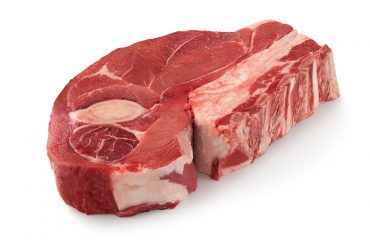
Arm Roast
Thickness/Weight
2 x 2 x 4 in.
Cooking Time
1½ to 2½ hours
-
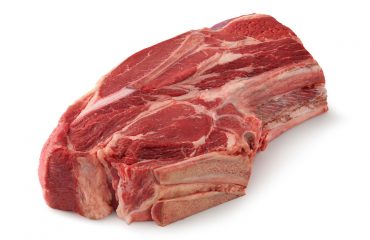
Blade Roast
Thickness/Weight
2½ to 3½ lbs.
Cooking Time
2½ to 3½ hours
-
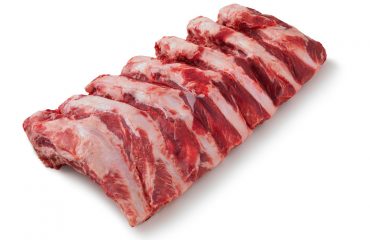
Back Ribs
Thickness/Weight
2 x 2 x 4 in.
Cooking Time
1½ to 2½ hours
-

